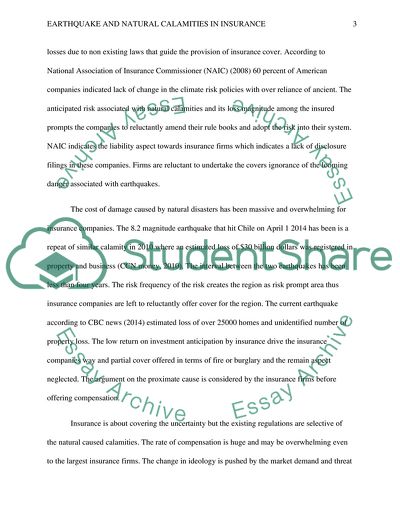Cite this document
(Earthquake and Natural Calamities in Insurance Research Paper, n.d.)
Earthquake and Natural Calamities in Insurance Research Paper. Retrieved from https://studentshare.org/law/1818736-an-analysis-of-a-recent-worldwide-event-or-issue-which-has-posed-a-significant-risk-management-or-insurance-challenge
Earthquake and Natural Calamities in Insurance Research Paper. Retrieved from https://studentshare.org/law/1818736-an-analysis-of-a-recent-worldwide-event-or-issue-which-has-posed-a-significant-risk-management-or-insurance-challenge
(Earthquake and Natural Calamities in Insurance Research Paper)
Earthquake and Natural Calamities in Insurance Research Paper. https://studentshare.org/law/1818736-an-analysis-of-a-recent-worldwide-event-or-issue-which-has-posed-a-significant-risk-management-or-insurance-challenge.
Earthquake and Natural Calamities in Insurance Research Paper. https://studentshare.org/law/1818736-an-analysis-of-a-recent-worldwide-event-or-issue-which-has-posed-a-significant-risk-management-or-insurance-challenge.
“Earthquake and Natural Calamities in Insurance Research Paper”, n.d. https://studentshare.org/law/1818736-an-analysis-of-a-recent-worldwide-event-or-issue-which-has-posed-a-significant-risk-management-or-insurance-challenge.


